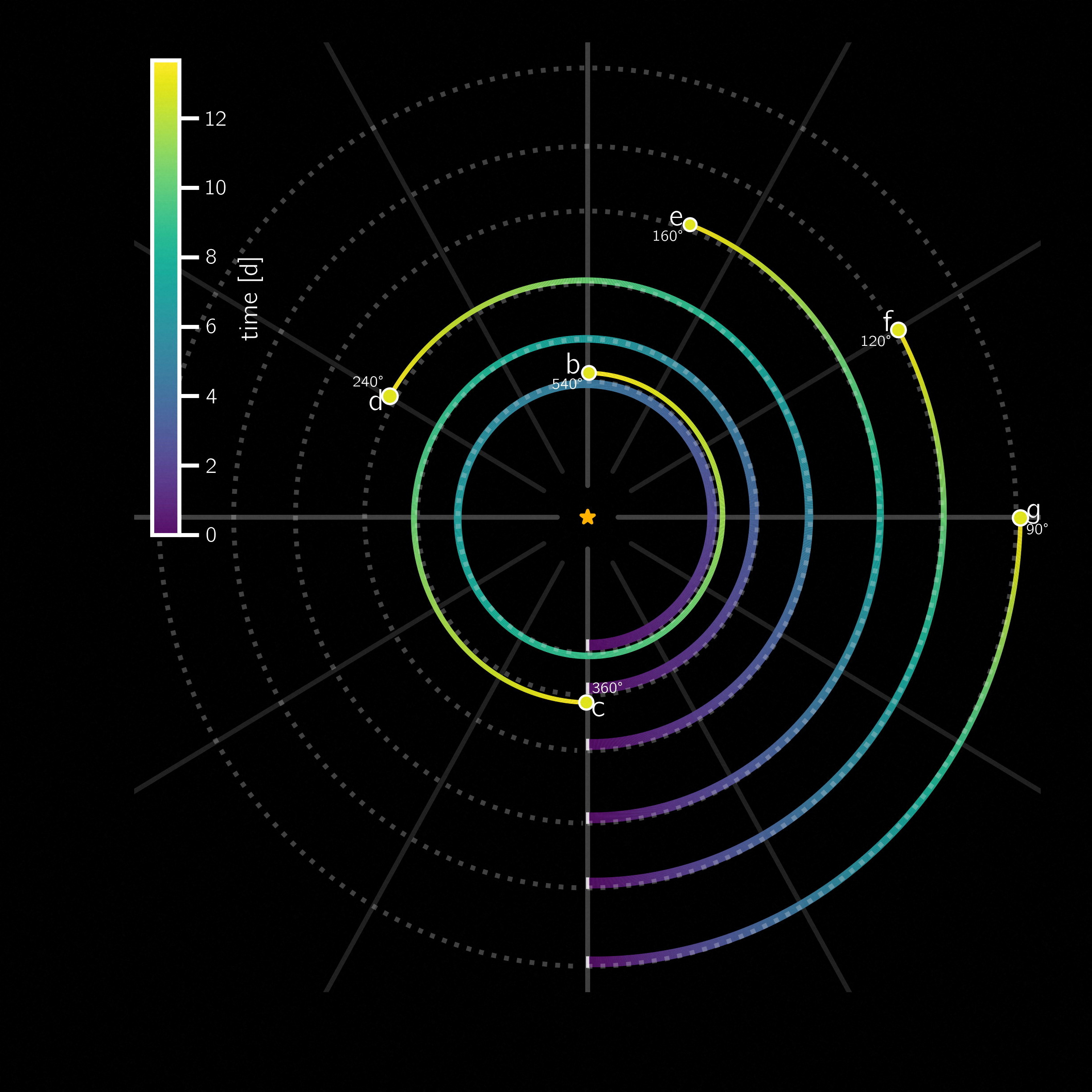Astronomers have discovered a fully synchronized solar system that has managed to exist for billions of years without being exposed to external factors.
NASA's Transiting Exoplanet Survey Satellite (TESS) and the European Space Agency's CHEOPS Telescope were used to discover the solar system.
This solar system is located in the Milky Way Galaxy, which includes the Earth, and is 100 light years away from our planet.
The innermost planet completes three orbits for every two orbits of its nearest neighbor.
This is the same for the second- and third-nearest planets and the third- and fourth-nearest planets, all of which move in synchronized orbits.
Researchers estimate that the system is uninhabited because none of the planets are within a habitable distance of the system's sun.
Researchers think that the sun at the center of the system, HD 110067, may have other planets, and said that the planets discovered so far take between 9 and 54 days to complete one full revolution around the sun.
 The researchers estimated that all systems, including our solar system, formed in this synchronized state and then the planets' motions changed as a result of external factors such as asteroids, while 1 out of every 100 systems maintained synchronized motion.
The researchers estimated that all systems, including our solar system, formed in this synchronized state and then the planets' motions changed as a result of external factors such as asteroids, while 1 out of every 100 systems maintained synchronized motion.
Enric Palle, one of the authors of the study, said that about 50 solar systems with synchronous motion have been discovered, but none of them has as many planets as HD 110067.
The results of the discovery and details of the research were published in the journal Nature.












